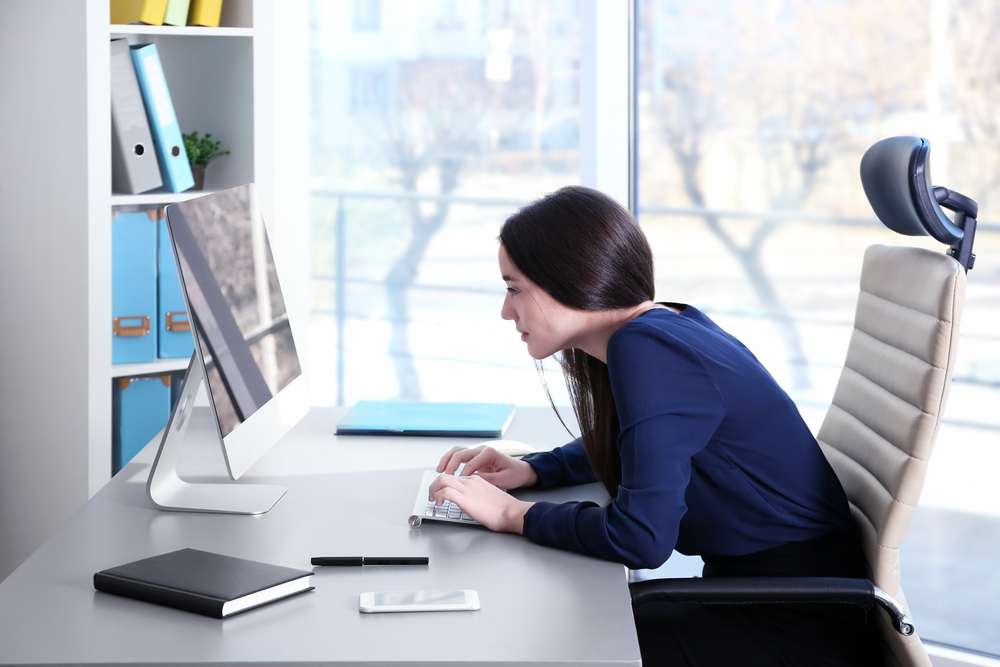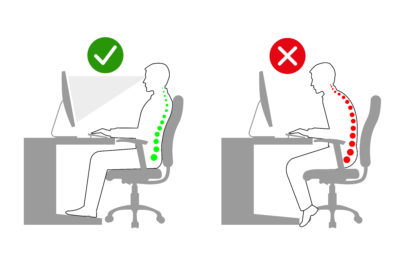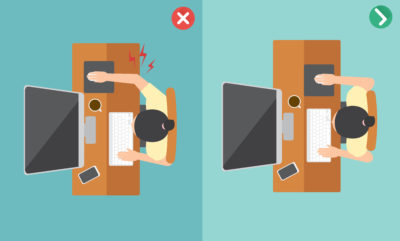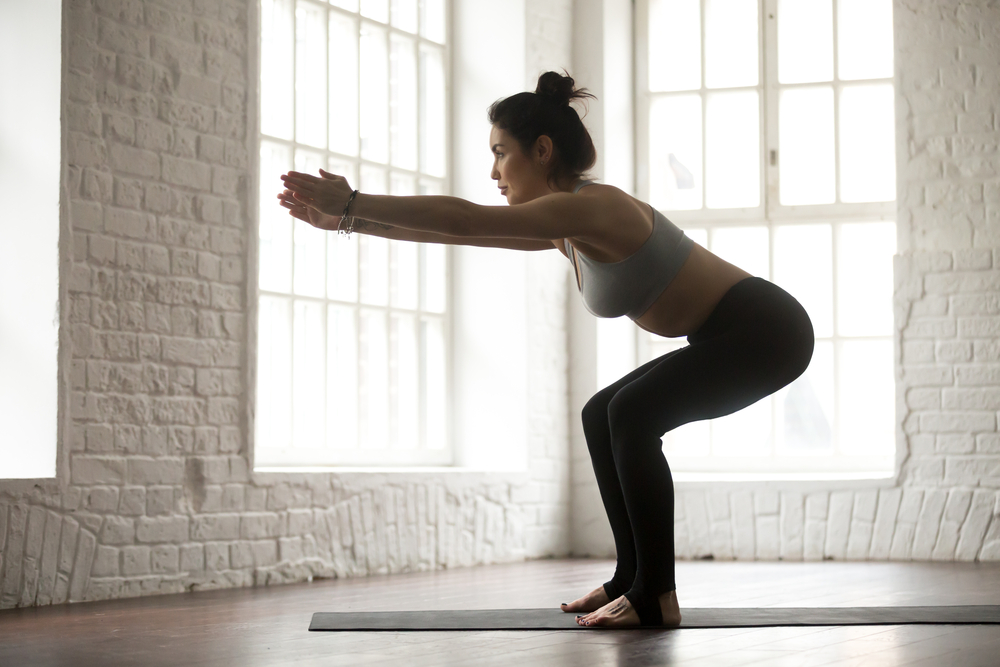Contents:
- Medical Video: 20 tricks for sitting at your desk without hurting your back
- What is the correct sitting position?
- 1. Adjust your chair
- 2. Place your feet on the floor
- 3. Screen distance and your views
- 4. Position it the keyboard and mouse correctly
- 5. Place frequently used objects within your reach
- 6. Use a headset
- Don't forget to get up and rest your body
Medical Video: 20 tricks for sitting at your desk without hurting your back
Sitting to work all day at the computer from morning to evening can make muscles stiff and endanger your health. To counteract the various potential problems, you need to know what the correct sitting position is during work. A good sitting position can help improve concentration, avoid back pain, and increase self-confidence.
What is the correct sitting position?
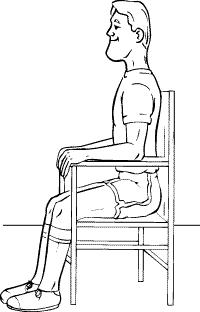
Finding the right sitting position requires you to follow a few simple steps. Repeat these steps to help your body adapt to a good sitting position.
First, start by sitting at the end of your chair. Roll your shoulders and neck forward into a bent position. Then, slowly pull your head and shoulders to an upright sitting position. Push your lower back forward and lean your arch. This might feel like being forced and uncomfortable, but hold this position for a few seconds.
Release this sitting position slowly, and hold your back. You are now sitting in a good posture position.
If your office chair does not have a support for your lower back, you can slip a small pillow between your chair and your lower back. This support tool will help you maintain a good posture.
What you then have to do is:
1. Adjust your chair
Move your chair up or down until your feet are level with your floor and knees even with your hips. Your arms should be parallel to the floor too.
Your feet must reach the floor. If not, use a chair or backrest to lift your legs so that your feet don't hang.
Place your elbows on the side and stretch your hands so they are L-shaped. The arm that is placed too far from your body can add pressure to the muscles in your arms and shoulders.
2. Place your feet on the floor
Make sure your weight spreads evenly throughout your hips. Bend your knees at the right angle.
Your feet should be level with the floor. If you wear shoes with high heels, it is more comfortable if you take it off. If your feet cannot reach the floor, use footrests.
Avoid sitting with your legs crossed, because it can reduce blood flow and cause muscle tension.
3. Screen distance and your views
From your sitting position, position the screen directly in front of you. Extend your arms and adjust the screen distance quite far.
Also, adjust how high your computer screen is. The top of the computer screen must be no more than two inches above your eye level. A computer screen that is too low or too high can overload your neck and eyes.
You can also adjust the height of the computer screen by using a book as a computer pedestal. Adjust the thickness of the book to the height of the computer screen that suits you.
4. Position it the keyboard and mouse correctly
Keyboard You must be right in front of your computer. Leave 4-6 inches between the tip of your keyboard and the table so that your wrist has space to rest as you type.
If the keyboard You are tall and you have to tilt your wrist to type, look for soft armrests. Wrist pads can help position the hand flat the keyboard You. Tension when typing can cause muscle fatigue and pain.
Also, position it mouse You are parallel with the keyboard and must be easy to reach. When you usemouse, your wrist must be straight. Your upper arm must be next to you and your hand should be slightly below your elbow. This position helps prevent tension in the wrist.
5. Place frequently used objects within your reach
Objects that you often use such as staplers, telephones, notes or other things, should be placed close to you when you are sitting. Stretching when you take these things you need to train your muscles.
6. Use a headset
If you spend a lot of time on the phone and typing or writing, you should use it loudspeaker on your cellphone. However, if that is not possible, you can use a headset. This is done to reduce muscle stiffness, pain and even ligament damage due to bending the neck to support the cellphone.
Don't forget to get up and rest your body
Sitting for long periods of time can reduce blood flow and cause muscle fatigue. To prevent this, give a little time to rest. You can stand briefly and stretch your body (Check the various types of simple stretches you can do in the office).
Or, take a walk for a while. For example, to go to the toilet or fill drinking water. This is useful for regaining blood flow after sitting too long. If you can, take a break to stretch your body for at least 1-2 minutes every 30 minutes.

